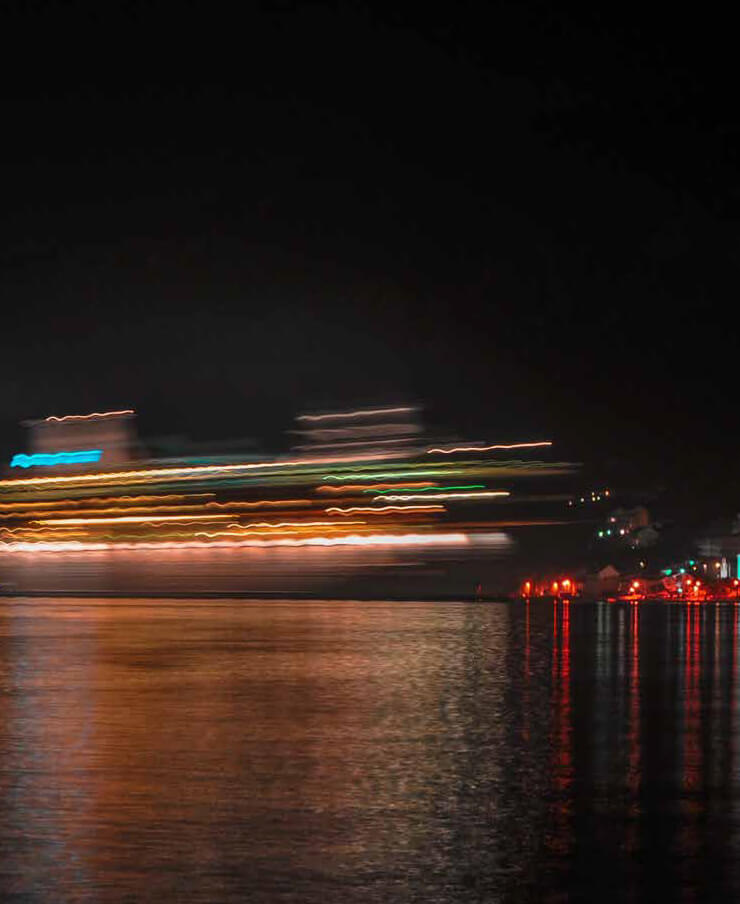Insight | A Fair Future for Seafarers?
A Fair Future for Seafarers?
null
How will seafaring change in the coming decades and how should the welfare sector adapt to the change?
Since early 2020, the Covid pandemic and the resulting crew crisis has continued to point a firm spotlight on seafarer mental health and the horrendous circumstances that some seafarers are finding themselves in.
The pandemic showed the collective ineffectiveness of the entire shipping industry, including charities, corporates, unions, and even international bodies such as the IMO, to act as a voice for the needs of seafarers during a crisis.
Crew welfare has never been more critical, and welfare organisations are finding themselves under pressure to provide services to more and more seafarers. Through our continued collaboration with charities, welfare associations and owners and managers we have put in place a number of initiatives to assist, including supporting a number of Mental Health helplines, but we are fully aware that the current framework and its ability to support the seafarer of the future is not fit for purpose.
Click on the link below to start your free download
New research report: A fair future for seafarers?
The rise of digital technologies and automation mean that one of the world’s oldest professions is set to change more in the next 30 years than it has in the last 300. This report intends to reconcile the changing role of the world’s seafarers, with the current and future provision of welfare services.
The report looks in-depth at the seafarer of 2050, including the type of work they are willing to undertake, the vessels they will serve on and the trades they will facilitate. Although it may seem a long way in the future, the vessels that carry the seafarers will start to be built by the end of this decade and action needs to be taken now to ensure that the welfare frameworks are put in place. As this report recommends there needs to be a global solution to welfare needs as the current delivery models are struggling to cope with demand now, let alone in the future.
Anecdotal evidence tells us that in 2020, the number of seafarer suicides and attempted suicides has skyrocketed. Though not a perfect indicator, mentions in the press of seafarer suicide rose by 42% in 2020 compared to 2019.
The road to 2050: How will the industry adapt?
When we consider the future of seafaring, 2050 seems a long way off. But the average age of the world’smerchant fleet is 21 years. This means the average merchant ship was built at the same time that the Nokia 3310 was launched. Many seafarers today are sailing on ships that were built in a time before the iPhone existed, before broadband was rolled out to homes and businesses, and before Facebook, Twitter, or YouTube had even been invented.
Ships in 2050
To understand the world of the seafarers in 2050, we must examine the ships they will be working on, the lives they will lead, and the future global trading environment. The seafarer of 2050 will likely work in a much smaller crew, but have greater interaction and engagement with teams of people ashore
Trade in 2050
While the growth in the carriage of goods by sea shows no sign of slowing, trade patterns will change. First, economies of scale will lead to fewer and larger deep-sea ships, and a resurgence in coastal and short sea shipping.
Work in 2050:
Automation will doubtless change many aspects of life at sea, but for those who remain at sea many of these changes will be for the better. In addition, seafarer training will likely focus on making the best use of digital technologies.

